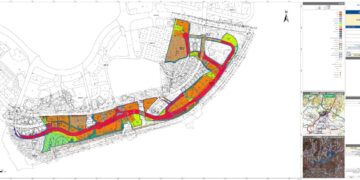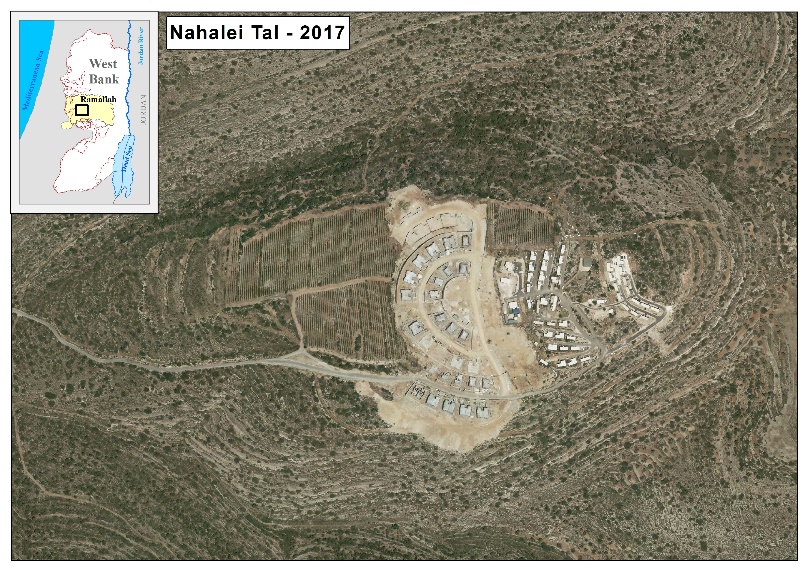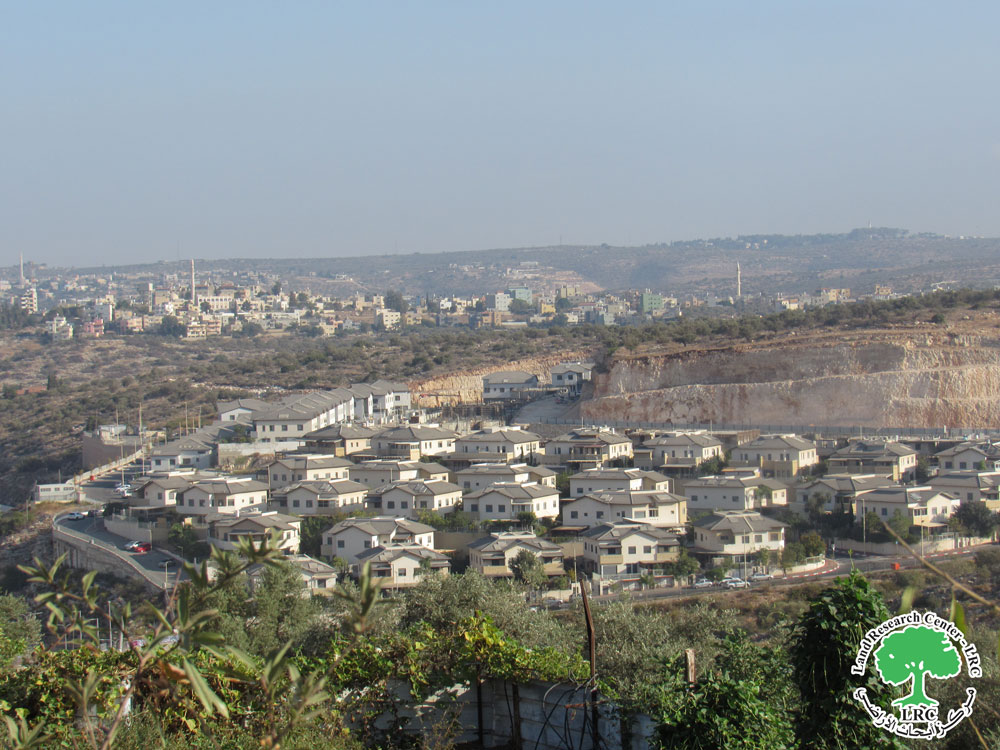Prelude,
The Israeli higher planning and building council of the civil administration is set to meet next week to approve a new plan to build 1,000 units in a number of key settlements in the occupied West Bank (oWB). Simultaneously, the council is planning to give approval for the construction of around 1,000 Palestinian homes in area “C” in the oWB. The move came at a time the new Israeli Prime Minister, Naftali Bennett, is expected to meet with the US President, Joe Biden, later this month (August) for the first time since he he took office in June 2021.
The 863 Palestinian homes that Israel is about to approve next week, will be near the northern and southern occupied West Bank, mainly in Jenin and Bethlehem Governorate; of which 636 homes will be approved in three localities in Jenin Governorate and include 270 housing units in Bir Al-Basha village; 160 housing units in Khirbet A’ba and 233 housing units in Al-Masqofa village; In addition to 200 housing units in two Palestinians localities in Bethlehem Governorate and include 150 housing units in Al-Masara village and 50 housing units in Khirbet Beit Zakaria.
Israel will also green light several plans in a number of settlements in the occupied West Bank. The approvals included 58 settlement units in Beit El settlement and 14 Settlement units in Ma’ale Mikhmas settlement in Ramallah Governorate; 286 Settlement units in Har Bracha in Nablus Governorate; 292 settlement units in Kfar Etzion settlement and 105 settlements in Alon Shevut in Bethlehem Governorate; 83 settlement units in Karnei Shomron in Qalqilyia Governorate; 42 settlement units in Givat Ze’ev settlements in Jerusalem Governorate; and 28 Settlement units in Burqan settlement in Salfit Governorate. Map 1
Map 1: Location of targeted Israeli Settlements and Palestinian localities in the occupied West Bank
Under the Oslo Accord, signed in 1995 between Israel and the Palestinian Liberation Organization (PLO), Israel has full security and administrative control over Area “C”, which covers some 61% of the West Bank (3456 km square) where Palestinians aspire to build their own state based on the two-state solution.[1] Area C includes more than 400 Palestinian communities (Including East Jerusalem), the vast majority of whom are Bedouins and herding communities (128) who are constantly targeted with demolition and displacement especially those living in the Jordan Valley area and east Jerusalem, within the so-called Ma’ale adumim bloc.
The World Bank report of 2013[2] stressed on the importance of accessing Area “C” to Palestinians and that it is “a key to future Palestinian economic development” as well as job creation, poverty alleviation, and livelihoods… “Access to Area C will go a long way to solving Palestinian economic problems,”…. “The alternative is bleak. Without the ability to utilize the potential of Area C, the economic space will remain fragmented and stunted. Lifting multiple restrictions could transform the economy and substantially improve prospects for sustained growth.”
Furthermore, during the years of the Israeli occupation, Israel has designated various areas of the West Bank land as closed military areas, mined areas, Nature Reserve, State land, road construction and other land designations that summed up to 3,316 km square, 58.6% of the West Bank Area (5661 km square)); 2305 km square, 67% of what is classified according to OSLO Accord as area “C”.
Looking back at the Israeli civil administration’s track record for approval of Palestinian construction permits in area “C”, it shows a maximum of 7% approval rate only in the years between 2000-2020[3] while at the same time, Israel spared no effort to give approvals to thousands of settlement units in Israeli settlements in the occupied West Bank. Since the beginning of 2021 (January to August), ARIJ recorded 39 Israeli settlement plans that were deposited for implementation in 30 Israeli settlements in the occupied West Bank with 6,063 new settlement units to be constructed on around 3,262 dunums of the Palestinian land in the occupied West Bank (including East Jerusalem) territory. While during the same period, Israel demolished more than 600 Palestinian homes and structures located in Area C due to lacking building permits.
In 2008, the Palestinian Ministry of Local Government began creating detailed Local Outline Plans in Area C in collaboration with local communities. In August 2016, 110 plans for 119 Palestinian communities in Area “C” have been created, with 96 of them having been submitted to the Israeli Civil Administration. The outline plans were created in accordance with ICA planning guidelines. Because of their interpretation of the Jordanian Planning Law of 1966, which specifies that these detailed Outline Plans are exclusively developed for built-up regions, the ICA demands that the plans do not include lands for agricultural and other development objectives. These plans also took into account the geographical distribution of Israeli settlements, the West Bank Separation Barrier, and other Israeli restrictions such as closed military zones, Israeli-designated nature reserves, and archaeological sites. Despite the fact that these plans were prepared to meet ICA planning criteria, the ICA only approved three of the 96 plans submitted; seven were rejected for reasons such as location in a firing zone, proximity to a nature reserve, and others. Another 70 plans have gone through more than 18 months of technical discussions with the ICA without receiving a decision, with eight of them being published for public objection. The remaining 15 plans were submitted to the ICA for assessment less than 18 months ago. In the data collection and preparation phase, there are additional 14 outline plans.
To Conclude,
While the Palestinian has the right to build and develop in all their land as per to the international law and the fourth Geneva Convention of 1949. Israel as an occupying power, denied them that right under the pretense of “security”, while at the same time, it grants Israeli settlers a green light to do all what breaches the international laws and the 4th Geneva Convention of 1949.
Israel’s decision is a blunt violation of the Palestinian right, which only may be added to their long track record of violations of all what is related to the dozens of UN and UNSC resolution voted against Israel’s violations; the last of which is the UNSC resolution 2334. The Israeli occupation decision to approve a certain number of housing in area “C” is just a mere exploitation to pass the Israeli settlement construction plans in the mid of an international effort to resume the long stalled negotiation.
It is strongly recommended to condemn Israel’s unethical stunt to manipulate the Palestinian and the international community efforts to underline the Palestinians rights in their land as per the international law and as transcribed within the UN and the UNSC resolutions. Furthermore, we call upon the occupation to lift its restrictions on the Palestinians’ right to live and build on their land as well.
[1] https://www.al-monitor.com/originals/2019/08/israel-issuing-building-permits-for-palestinians-area-c-ire.html
[2]https://openknowledge.worldbank.org/bitstream/handle/10986/16686/AUS29220REPLAC0EVISION0January02014.pdf?sequence=1&isAllowed=y
[3] (Dis)Approvals for Palestinians in Area C – 2009-2020 – Peace Now. (2021). Retrieved 17 August 2021, from https://peacenow.org.il/en/approvals-for-palestinians-in-area-c-2009-2020
Prepared by:
The Applied Research Institute – Jerusalem














